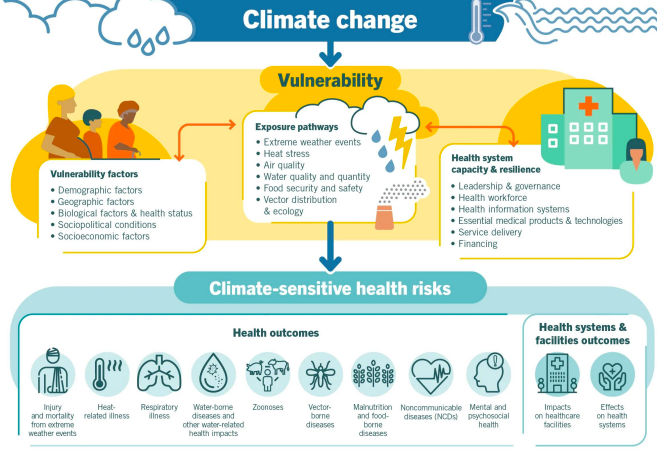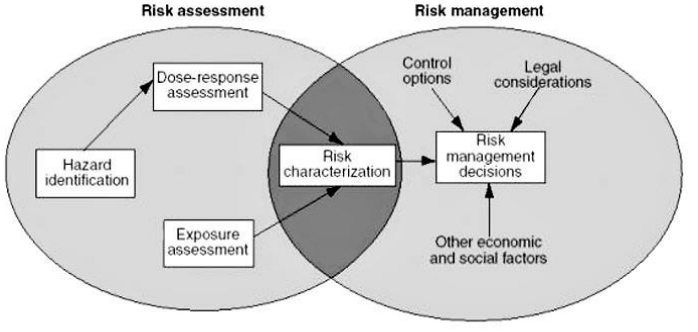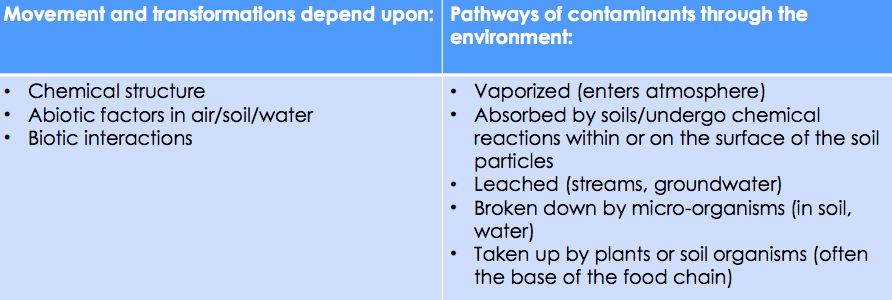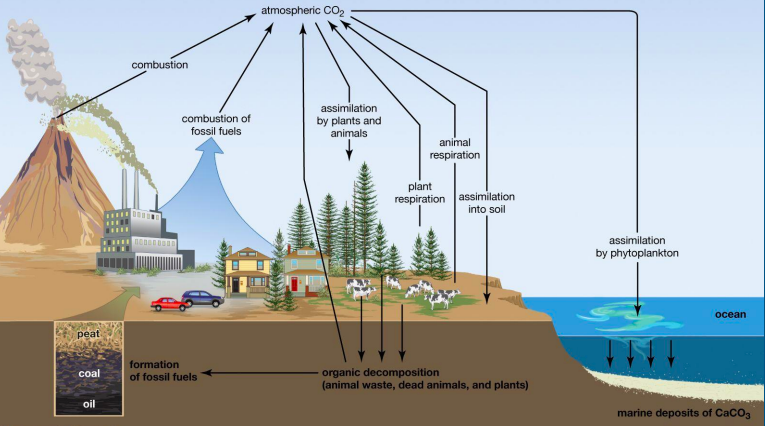ESCI 274 Lecture 1: Climate and Health
5.0(1)
5.0(1)
Card Sorting
1/20
Earn XP
Description and Tags
Study Analytics
Name | Mastery | Learn | Test | Matching | Spaced |
|---|
No study sessions yet.
21 Terms
1
New cards
4 types of environmental hazards
1) Chemical hazards
2) Physical hazards
3) Biological hazards
4) Cultural hazards
2) Physical hazards
3) Biological hazards
4) Cultural hazards
2
New cards
Chemical hazards
* Includes both artificial and natural chemicals
* Exposure can come from household chemicals such as pesticides
* Exposure can come from household chemicals such as pesticides
3
New cards
Physical Hazards
* The sun's ultraviolet radiation is an example
* Too much exposure increases risk of skin cancer
* Too much exposure increases risk of skin cancer
4
New cards
Biological hazards
* Exposure to organisms that cause disease
* Some mosquitoes are vectors for certain pathogenic microbes, including those that cause malaria
* Some mosquitoes are vectors for certain pathogenic microbes, including those that cause malaria
5
New cards
Cultural hazards
* Decisions about how we behave as well as constraints pushed on us by socioeconomic factors
* Smoking is a decision that increases the likelihood of cancer.
* Smoking is a decision that increases the likelihood of cancer.
6
New cards
Linear dose-response curve
* The number of animals killed or otherwise affected rises with the dose
* The point at which 50% of animals are killed is labeled lethal dose-50 or LD50.
* The point at which 50% of animals are killed is labeled lethal dose-50 or LD50.
7
New cards
Dose response curve with threshold
Below the threshold doses have no measurable effect
8
New cards
U-shaped dose response curve
* At low doses, the benefits of vitamin A increase with dose
* Until a threshold is reached for no further benefits
* After the threshold is reached if dose continues to increase, negative effects will occur
* Until a threshold is reached for no further benefits
* After the threshold is reached if dose continues to increase, negative effects will occur
9
New cards
Ecosystem services
1) **Supporting** - Nutrient cycling, soil formation, primary production
2) **Provisioning** - Food, fresh water, wood and fiber, fuel
3) **Regulating** - Climate regulation, flood regulation, disease regulation, water purification
4) **Cultural** - Aesthetic, spiritual, educational, recreational
2) **Provisioning** - Food, fresh water, wood and fiber, fuel
3) **Regulating** - Climate regulation, flood regulation, disease regulation, water purification
4) **Cultural** - Aesthetic, spiritual, educational, recreational
10
New cards
Level of health impacts that result from environmental/climate change
1) Increase in air pollution related illness
2) Increase in injury, death, and illness from extreme weather events
3) Increase in water-borne diseases
4) Increase in food-borne diseases
5) Vector-borne illness
6) Heat related illness and death
7) Decrease in cold-related deaths
2) Increase in injury, death, and illness from extreme weather events
3) Increase in water-borne diseases
4) Increase in food-borne diseases
5) Vector-borne illness
6) Heat related illness and death
7) Decrease in cold-related deaths
11
New cards
‘Base periods’ when compiling climate data/maps (and how it influences how the data can be interpreted)
* A popular climatological baseline period is a 30-year "normal" period, as defined by the WMO
* The current WMO normal period is 1961-1990, which provides a standard reference for many impact studies
* The current WMO normal period is 1961-1990, which provides a standard reference for many impact studies
12
New cards
Tipping point
The point of no return
13
New cards
The 9 tipping points that the world has crossed
1) **Amazon rainforest** - frequent droughts
2) **Arctic sea ice** – massive losses
3) **Atlantic circulation** – a slowdown since 1950s
4) **Boreal forest** – increase in fires
5) **Coral reef** – mass die-offs
6) **Greenland ice sheet** – ice loss accelerating
7) **Permafrost** – melting
8) **West Antarctic ice sheet**
9) **Wilkes basin** – east Antarctica ice loss accelerating
2) **Arctic sea ice** – massive losses
3) **Atlantic circulation** – a slowdown since 1950s
4) **Boreal forest** – increase in fires
5) **Coral reef** – mass die-offs
6) **Greenland ice sheet** – ice loss accelerating
7) **Permafrost** – melting
8) **West Antarctic ice sheet**
9) **Wilkes basin** – east Antarctica ice loss accelerating
14
New cards
Primary impacts of climate change
**(Direct health impacts)** - Floods, heatwaves, landslide increased exposure due to UV rays, exposure to pollutants
15
New cards
Secondary impacts of climate change
**(Ecosystem mediated health impacts)** - Altered infectious disease risk, food yields (malnutrition, stunting), depletion of natural medicine, mental health (personal, community), impacts of aesthetic/ cultural impoverishment
16
New cards
Tertiary impacts of climate change
**(Indirect, deferred, and displaced health impacts)** - Diverse health consequences of livelihood loss, population displacement (including slum dwelling), conflict, inappropriate adapting and migration.
17
New cards
Impact of climate chnage on human health diagram

18
New cards
Climate change and health diagram

19
New cards
Risk analysis diagram

20
New cards
Pathways of contaminants through the environment diagram

21
New cards
Biogeochemical Cycles diagram
